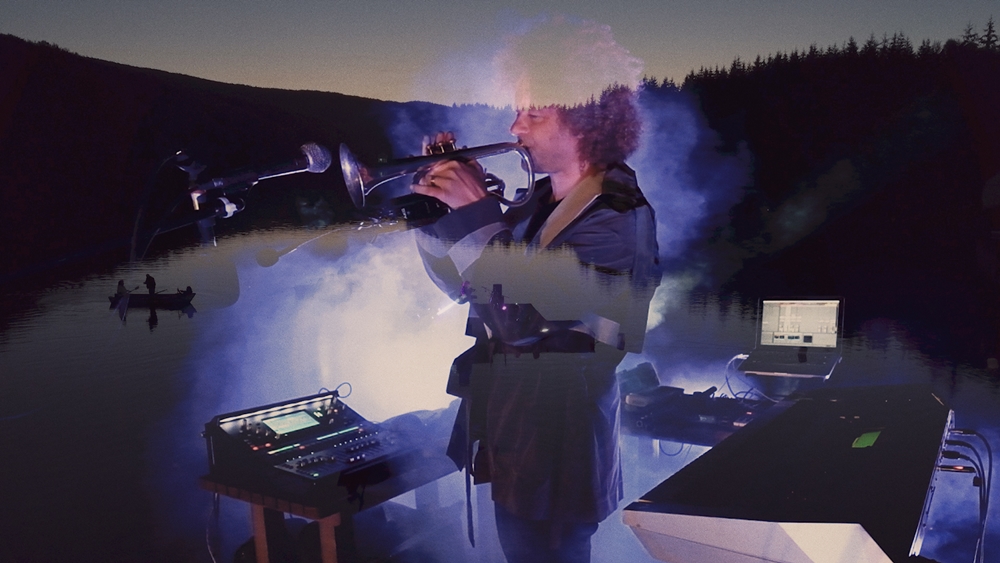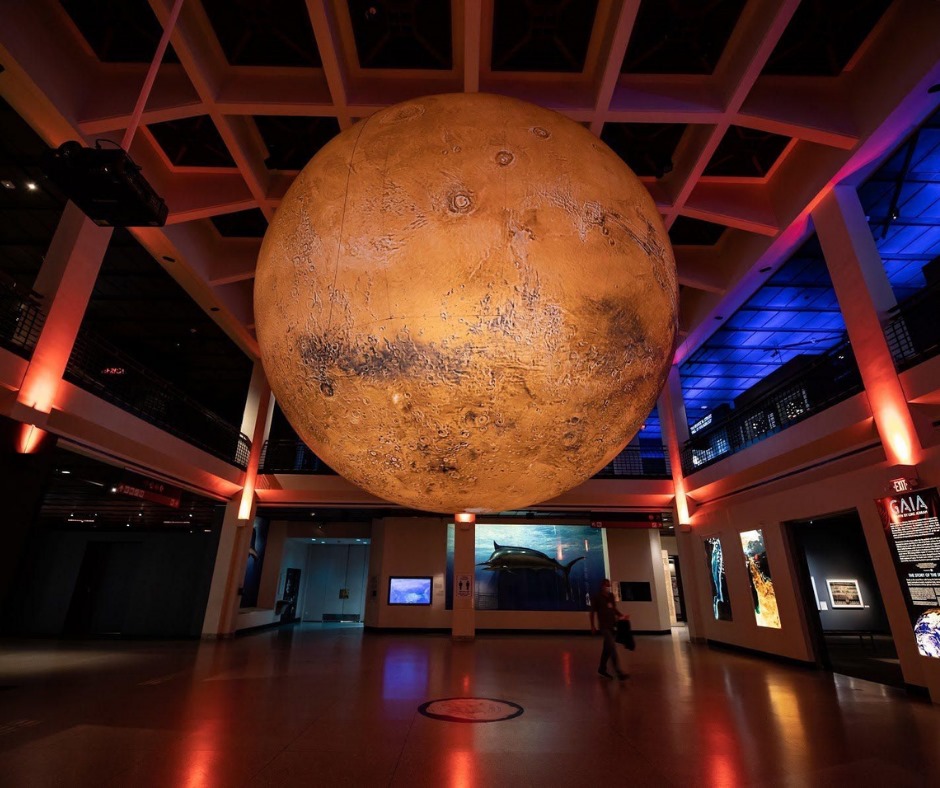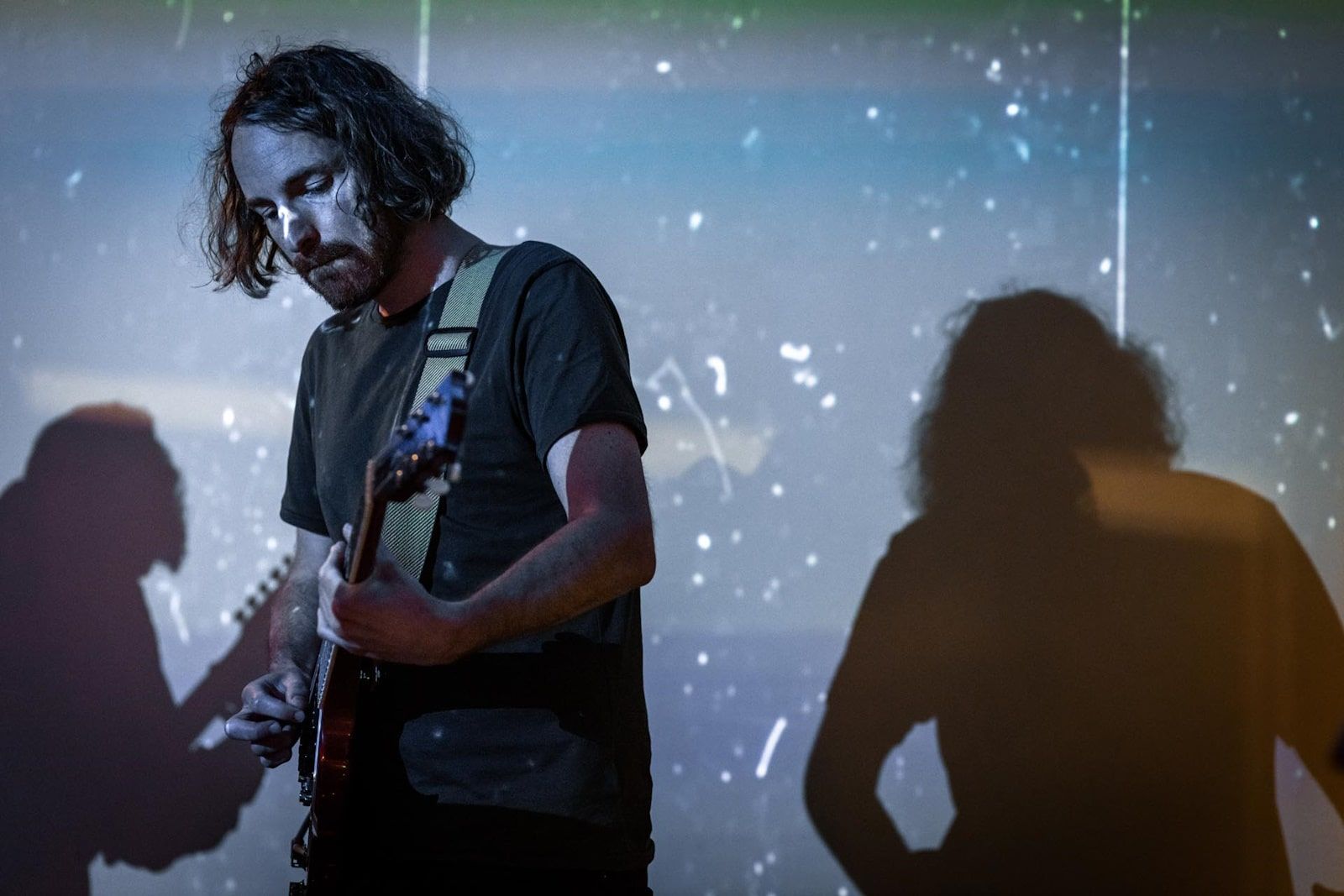Petre Ionuțescu is a trumpet player, multi-instrumentalist artist, composer, and music producer. Being inspired by the Romanian folklore heritage, Petre fixes his compositional aspirations on the highest winds of experimental jazz. We talked with Petre Ionuțescu about his newest material “Murmur” and many more in an enchanting interview.
CVLT: Hi. Tell us about your earliest musical memory?
Petre: My first memories of music are from when I was a child; growing up in a family with musical tradition I was surrounded by different instruments and at that time I saw them as toys. In the fourth grade, I had my first public appearance. The teacher was impressed by my musical skill and suggested I play the trumpet in all the classes of my school. I remember I sang ‘Ode to Joy’ by Beethoven, and I recall being extremely excited.
At what point in your life did you have that moment where you said to yourself: “This is it. This is the type of music I want to create?”
Regarding my stylistic paths, the choices I made felt somehow natural. My musical journey has begun with the fanfare founded by my father. Later on, I went to high school where I studied classical music while forming a Dixieland band with some of my colleagues. When I was a student at the Conservatory I played in philharmonics and symphony orchestras, and at the same time, I started to create projects with different styles: acid jazz, funk, and rock, being invited as a permanent member or collaborator in various bands.
In my project I use different stylistic ingredients, such as ambient, electronic, experimental jazz, using a variety of acoustic instruments. So, I could say that although I haven’t picked a certain style, what interested me the most was that the musical product was of quality and had an expression.
By setting your creativity free, inspiration will find a way to create originality.
Please share with us the first memories approaching the trumpet. What makes this instrument so special to you?
The first memories trumpet-related are from when I was in kindergarten. My brothers and I used to make some types of paper horns, turned on the radio and we all sang until we burst out laughing. Another fond memory is of when my father taught the first trumpet lessons to my older brother, while I was paying attention and learning very quickly everything my father said.
There are so many things that have brought me closer to the trumpet, without them being connected in any way. It’s a traditional instrument in the family; after WW2 my grandfather bought the instruments of a Russian marching band that was on their way back home. So, my grandfather founded the first marching band in the village with his children. Since then, almost every member of the family has played the trumpet at some point. Growing up I learned that trumpet is an ancient, noble instrument, and probably that attracted me more to discover it.
What inspires you outside of music? What do you turn to when the creative well runs a little low?
Apart from music, inspiration comes from an appreciation for people, from interesting events, feelings, and emotions. The source of inspiration and the maintenance of the creative flow have as a starting point my parents, and the family they come from. Then again, nature always fills me up with the energy and creativity I need.
What music have you been listening to recently and what excites you for the remainder of the year, looking ahead to 2022?
Among the artists I’ve listened to recently are Murcof, Toshinori Kondo, and Gianluca Petrella.
As for the end of the year, I’m looking forward to the release of my album “Murmur”, so I’m focusing on this the most. After the holidays, in January, I will get back to collaboration with Emil Gherasim a.k.a. Fluidian, which started a few years ago. We already have disc material, an experimental album about which we will be able to give more details at the right time.
“MURMUR” it’s not jazz in the conventional sense, and in this regard will only suit so many ears. What are its main themes and how would it (the album) be served best?
This concert was structured in eight parts, and eight predetermined themes that were then left to free imagination and inspiration by taking advantage of the emotional load of the natural space of where it took place. It was an experiment for both me and the audience, as they had the opportunity to listen to the concert from many angles, from boats or the lake. Being able to perform in such a setting, in the middle of the water and surrounded by the echoes of the mountains, was a great inspirational advantage.
The album can be listened to the audio, preferably in headphones to better perceive some details. Watching the video allows you to immerse yourself in the atmosphere of the concert. There will be available a Dolby surround version that will appear the next year and will convey as faithfully as possible the way both I and the audience felt the music.
Together with reflecting on the talents of other artists, you have created a fanbase for electronic music and soundtrack sounds, too. Does the conception come first or does the song evolve naturally?
Creating songs depends on each project. All songs can be preset, sure. For example, when it comes to Blazzaj, all members gather around at the rehearsal. In the project ‘Trompetre with friends’ were drawn a few lines, and then each guest participated creatively in the composition. In my solo project, I drew some ideas on the experimental element, to let myself be carried away by inspiration and explore new musical boundaries.
There are many descriptions of the ideal state of mind for being creative. What is it like for you? What supports this ideal state of mind and what are distractions? Are there strategies to enter into this state more easily?
I feel more creative when I am on a background of inner balance, not letting all the disturbing external elements take me out of this state.
I think we can be creative at any time and in any place, the contexts may differ, but finding creativity is a purely personal matter. Every moment you share can be proven to be a creative activity. By setting your creativity free, inspiration will find a way to create originality.
What other creative outputs do you engage in that we may not suspect?
I participated in various meetings that focused on the creative side, such as carving workshops that I found interesting. A few years ago I started drawing, initially making sketches and letting my creativity explore that plan. I ended up drawing main elements for I, including faces, mountains, numbers, symbols, and musical instruments. It would be interesting to use them at some point.
You can listen and pre-order “MURMUR” via Bandcamp.
Follow PETRE IONUȚESCU on:
Facebook | Instagram | Bandcamp | Spotify | Youtube
Photo: (c) Lucian Oprea






